Dubuque, Iowa has never presented itself to us in our travels, and so we’ve decided to make a short detour in our way north to at least drive through town. We’re staying in a small rv park a few miles out of town, in Monticello, IA, in the Blue Inn Campground, site 14.
This rv park is small and smacks of Deliverance since most of the residents seem to be firmly established in their ancient motorhomes with piles of “stuff” everywhere. Our site is in a corner, right by a small stream, with a bit of concrete patio and a feeling of privacy. If we don’t look out the back windows we can pretend we’re camping alongside a nice trout stream!
Driving north on The Saints Highway, out of Canton, we passed through a few miles of rolling hills before easing into Iowa farm land.
Dubuque was known for years as a timber city. Situated in the Tri-State junction of Iowa, Illinois and Wisconsin, it is in an ideal commercial location, and, using the Mississippi River as transportation, the city manufactured and transported lumber, John Deere equipment, boats and brew. In the 1870’s, the Diamond Jo railroad line made its company headquarters in Dubuque, making manufacturing even more important because of the ease of shipping. As with so many cities, this city of 60,000 has reinvented itself, and now tourism, technology and publishing are large players in the city’s economy. Sporting events still draw large crowds, as they have since Tommy John pitched for the Dubuque Packers in 1961.
Our time here is very limited, so we rushed into town to see as much as we could.
The little creek just outside our door is called Kitty Creek, and flows into the Manquoketo River. Just around the corner and on our way into Dubuque, we stopped for a look at Monticello Falls.
This was the site of a flour mill and a hydroelectric plant until it was abandoned in the 1970’s, and was an interesting stop on our way into Dubuque.
Our first stop in this lovely city was the Fenelon Place Elevator. In 1882 Dubuque shut down for an hour and a half at noon so everyone could go home for lunch. A banker built a house on top of the bluff overlooking the Mississippi River and then complained that he spent a half hour each way going home by carriage from his business down by the river. The answer? An inclined railway! Rides were offered to the public, after the banker took his trip, for pennies. The price rose to a dime in the 1900’s and today is two bucks for a round trip. Beats the heck out of a 3/4 mile uphill walk!




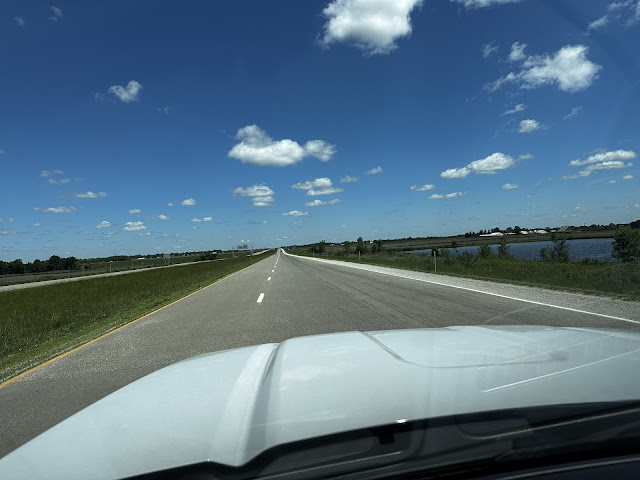
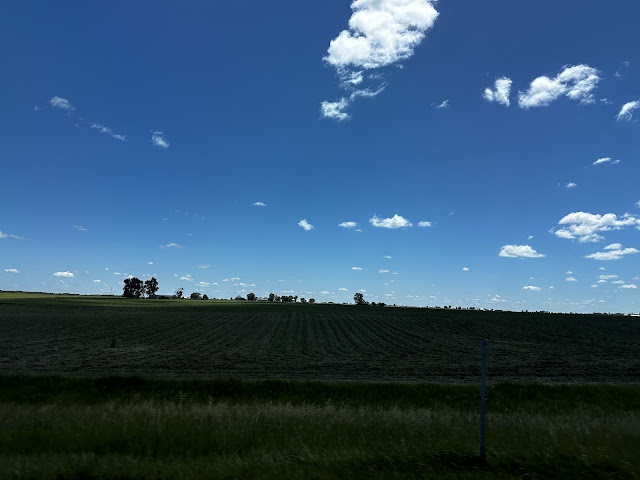
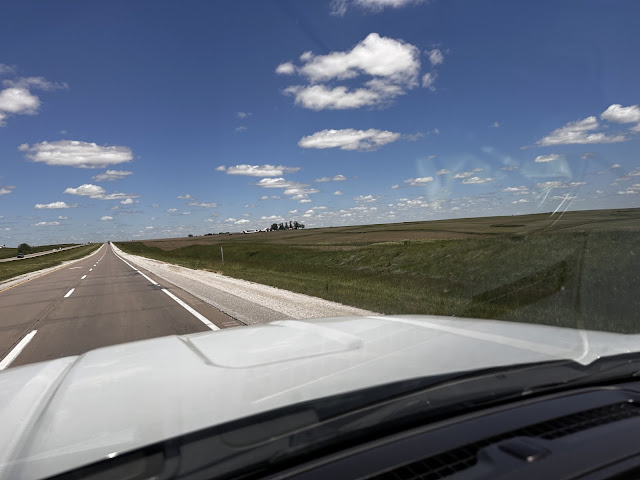












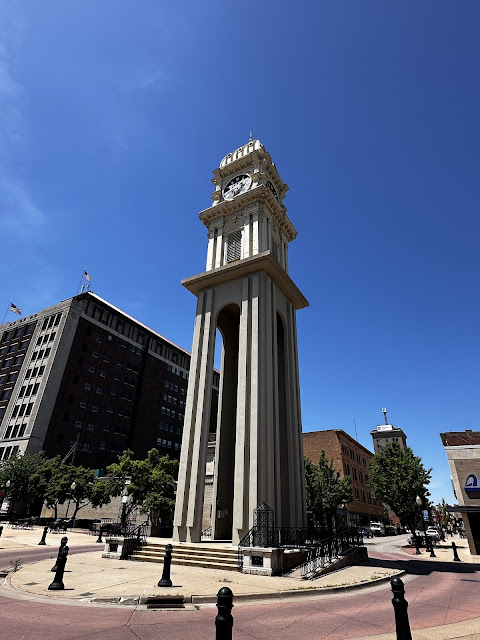
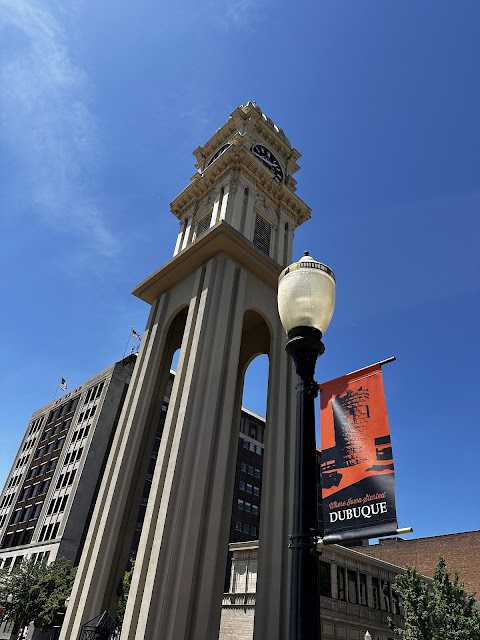



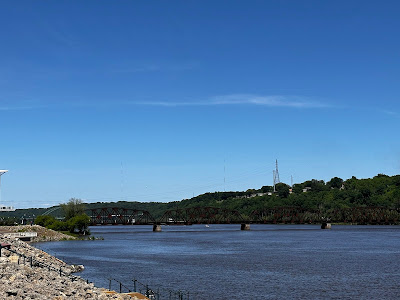









No comments:
Post a Comment